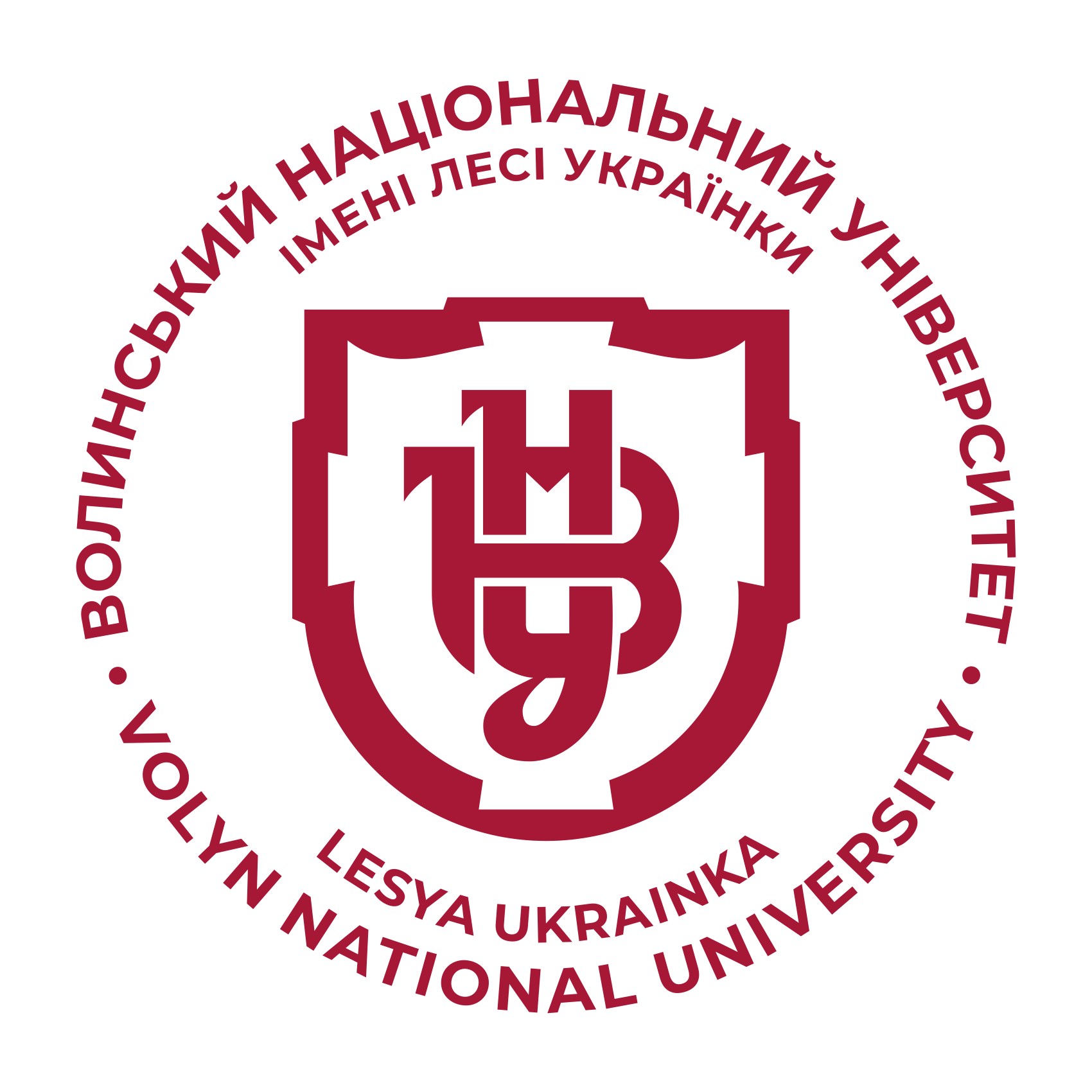ПРОБЛЕМИ ТА ПЕРСПЕКТИВИ ВИКОРИСТАННЯ ЕКОЛОГІЧНИХ ФІНАНСОВО-КРЕДИТНИХ ІНСТРУМЕНТІВ В КРАЇНАХ СВІТУ ТА В УКРАЇНІ
DOI:
https://doi.org/10.29038/2411-4014-2020-02-177-185Ключові слова:
екологічні фінансово-кредитні інструменти, «зелена» економіка, «зелені» фінанси, вуглецевий податок, «револьверний» кредит, «зелений» тариф, «зелений» сертифікат, «зелені» інвестиції.Анотація
Розглянуто зміст та особливості використання екологічних фінансово-кредитних інструментів, які сприяють становленню екологічної економіки в світі та в Україні. Виявлено їх вплив на обмеження викидів парникових газів та на розвиток відновлювальних джерел енергії. Проаналізовані соціально-економічні проблеми фінансування заходів з становлення «зеленої» економіки в країнах світу. Запропоновані напрями їх вирішення за допомогою використання «зелених» фінансів та таких їх складових, як кліматичні фінанси, кліматичні позитивні та негативні стимули, вуглецевий податок, «зелені» облігації, «зелений» тариф, «зелений» сертифікат тощо. Досліджені соціально-економічні передумови отримання фінансової допомоги із Зеленого кліматичного фонду, інших міжнародних фінансових організацій окремими українськими підприємствами, територіальними громадами та домогосподарствами в сучасних умовах. Виявлені проблеми щодо застосування «зеленого» тарифу в країнах світу та в Україні та обґрунтовані можливі шляхи їх вирішення. Організаційними структурами, які можуть надавати фінансову кліматичну допомогу та кредити, виступають вуглецеві біржі, «зелені» банки, Зелений кліматичний фонд та подібні міжнародні екологічні установи тощо.
Проаналізовано існуючі проблеми України в сфері екологічного оподаткування, виявлено, що «зелений» тариф використовують насамперед великі монопольні структури, отримуючи при цьому надприбутки, оскільки вказаний тариф в нашій державі суттєво вищий за традиційні енергетичні тарифи, що ускладнює його отримання малим і середнім бізнесом та домогосподарствами. Для вирішення проблем з використанням «зеленого» тарифу доцільно застосовувати такий новий фінансово-кредитний інструмент, як «зелені» сертифікати, що запроваджені у ряді розвинутих країн світу. Механізм використання «зелених» сертифікатів полягає в наступному: кожна нова кіловат-година з відновних джерел енергії отримує визначену кількість сертифікатів, які потім продаються та купуються на вугільному ринку. З метою досягнення побудови екологічної економіки у нашій країні важливо, як вважають провідні українські експерти з екологічних питань, перейти від планування соціально-економічного розвитку, яке впроваджується в Україні, до планування сталого розвитку на національному, регіональному та місцевому рівнях. Цьому повинна посприяти й фінансова децентралізація, яка почала запроваджуватися в Україні у контексті здійснення адміністративно-територіальної реформи.







